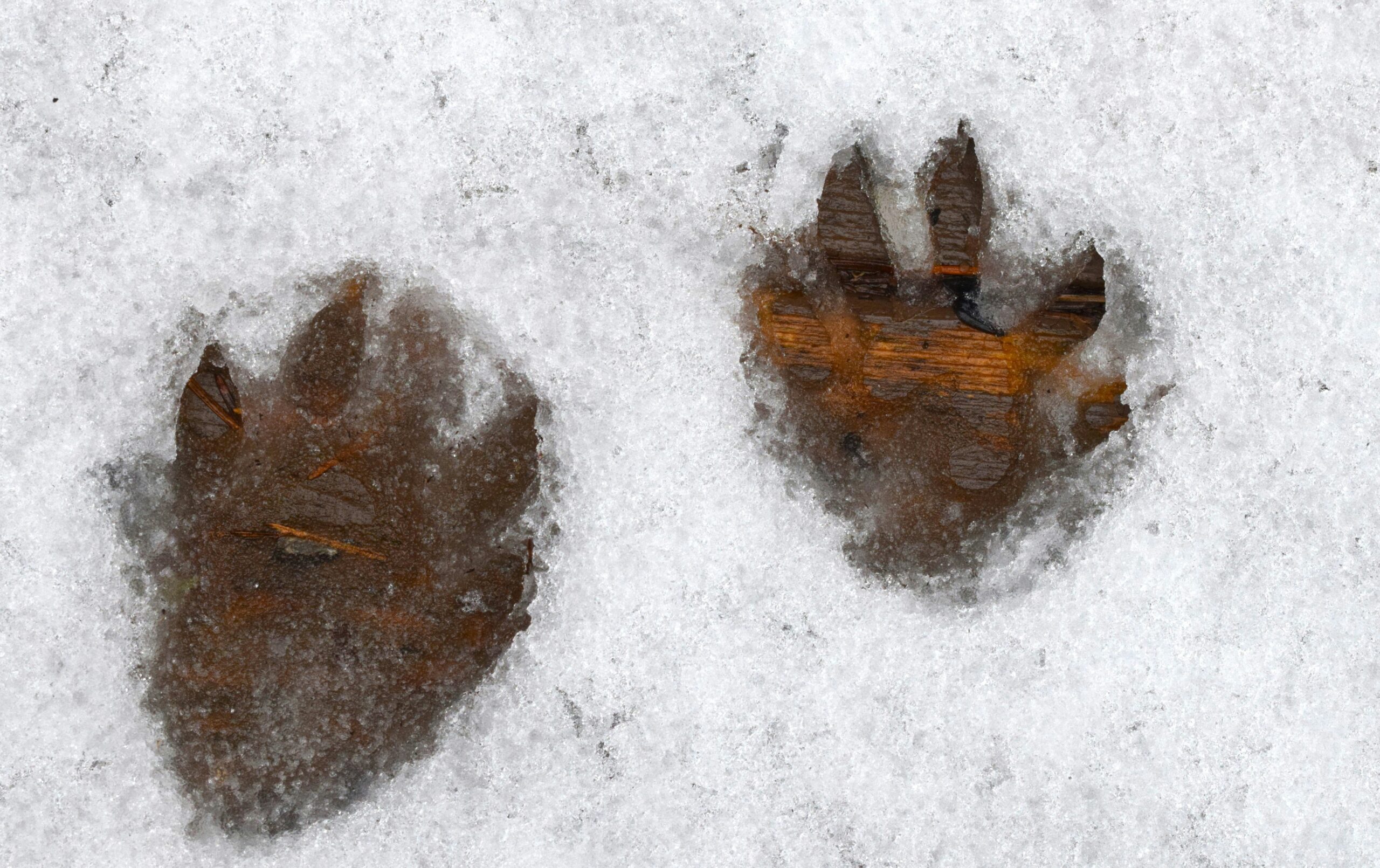
Small paw prints by your porch or attic vents could be a raccoon’s. Here’s how to identify them, and what they mean for your home. Tracks this close to your home usually mean an animal is nesting nearby. Learn what to look for and when to call a professional.
How to Identity Raccoon Tracks
Raccoons have unusual gaits, carrying the majority of their weight on their back ends. This puts the fore and hind paw tracks side by side or slightly offset from each other.
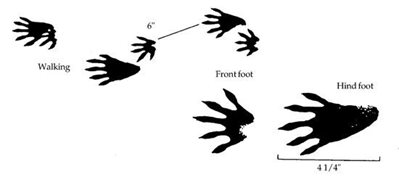
Common Places You’ll Find Tracks
- Along fences, decks, and crawl spaces
- Near trash cans or pet bowls left outside
- Across rooftops, gutters, or chimneys
- Around garden beds or compost piles
- Inside attics or garages, when entry points exist
Seeing repeated prints in these areas suggests a regular route. If the tracks lead toward vents, soffits, or wall openings, the animal may already be nesting inside.
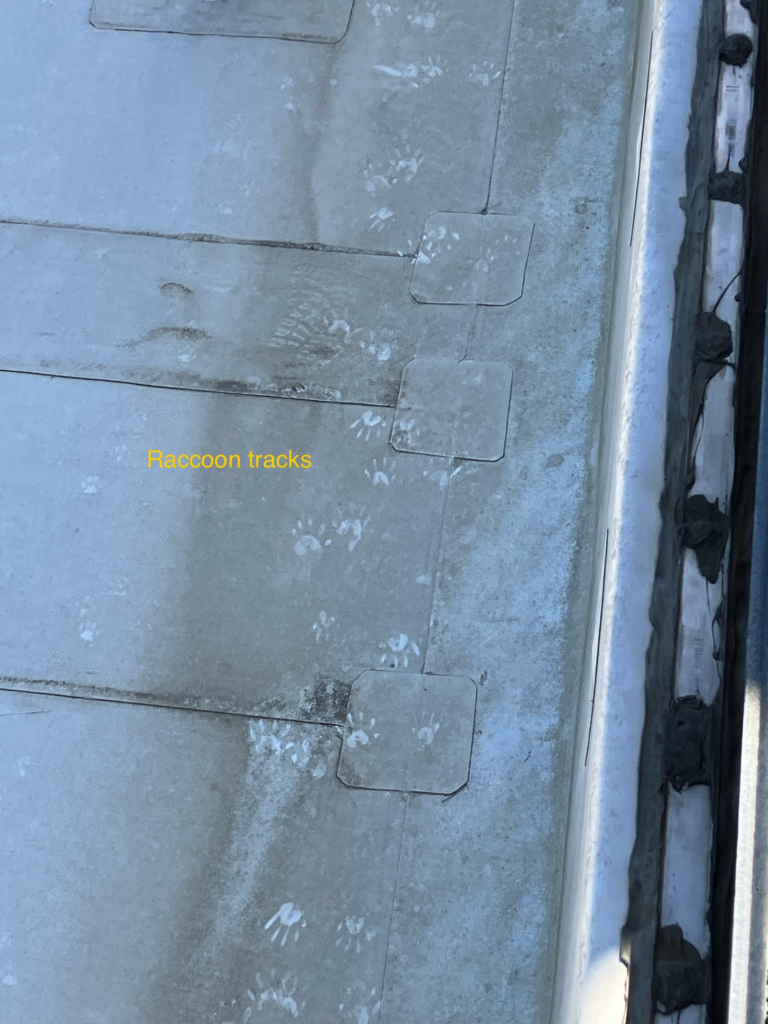
What Raccoon Tracks Can Tell You
The position, depth, and freshness of the tracks reveal how close or how recent the activity is.
- Fresh & defined tracks: The animal is active on your property right now
- Tracks plus droppings: Likely nesting nearby
- Tracks plus noises or odor: Often signals entry into attics, walls, or crawl spaces
When multiple signs appear together, it’s time to act! Wildlife can quickly fray wires, contaminate insulation, and create health hazards through droppings and parasites.
If you’re seeing fresh raccoon tracks, request a professional inspection today. Schedule Inspection.
Why Raccoon Tracks Are Cause for Concern
Raccoon tracks can indicate the presence of nearby latrines, a type of communal waste dump created by pests. Humans can easily breathe in roundworm eggs found in raccoon scat when they accidentally disturb dried droppings. In addition to roundworms, the bacterial infection leptospirosis is transmitted from animals to humans in this way. Latrines are often found in garages, attics, and walls, so these are good places to check for raccoons.

Tracks to Trouble: Why It Matters
What begins as a few footprints can turn into serious house damage. Raccoons often use the same paths repeatedly, marking them with scent trails that invite return visits.
Unaddressed tracks can lead to:
- Roof or attic entry: Gaps in shingles, soffits, or vents become gateways
- Structural damage: Gnawed wood, wiring, or insulation
- Health risk: Droppings, urine, and parasites can spread diseases
Critter Control’s licensed teams use professional tracking and inspection methods to locate the source of activity, remove the animal humanely, and seal entry points to stop future access.

How to Solve Raccoon Issues
Our proven 4-step process protects both you and the animal:
- Inspect & Confirm: We identify the species by its tracks, droppings, activity, and entry points.
- Remove Safely: Humane trapping or eviction methods that comply with local and state laws.
- Seal & Prevent: Permanent exclusions keep critters out.
- Remediation: Sanitization and ectoparasite agents eliminate health risks to you and your family.
Raccoon Tracks on Walls
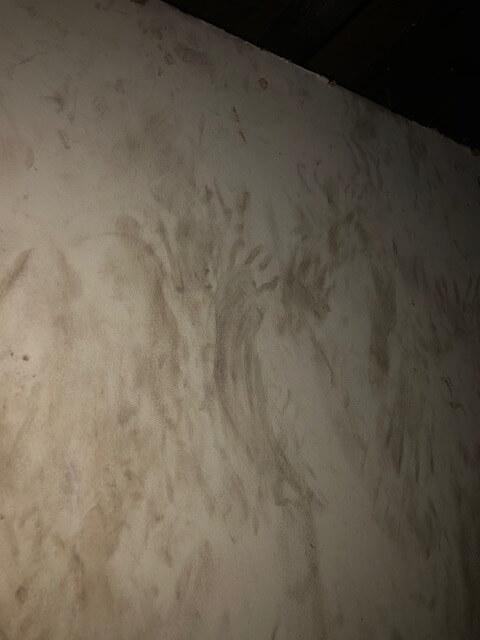
9095.jpg)
How to Identify Raccoon Tracks Outside
Raccoons often track through mud, which is why raccoon prints are usually found on tabletops or cars.
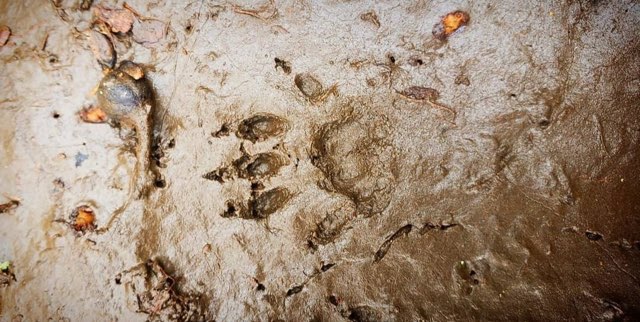
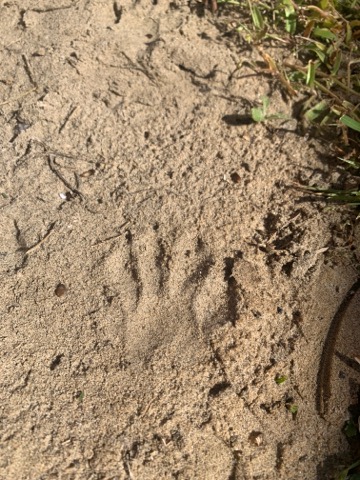
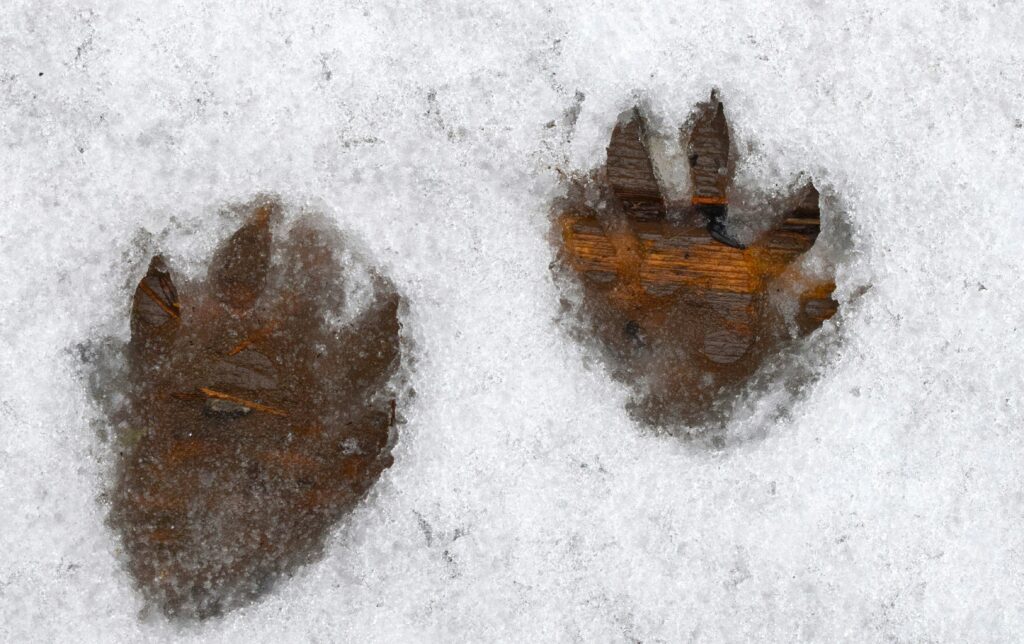
Raccoon Gait
Raccoon pawprints in the Attic from Critter Control of Indianapolis
Get them out.
Keep them out.®
Experiencing a wildlife or pest issue? We can help! Complete this form and your local Critter Control® office will contact you to assist.
- How to Get Rid of Raccoons
- Are Raccoons Dangerous?
- Raccoon Trapping Service
- Raccoon Control
- Baby Raccoons
- Dead Raccoon Removal
- Raccoon Diseases
- Do Raccoons Hibernate in Winter?
- Raccoon Damage
- Raccoon Diet
- Raccoon Poop
- Raccoons In Yards
- Raccoons in Basements
- Raccoons in Chimneys
- Raccoons in Crawl Spaces
- Raccoons in Houses
- Raccoons in Trash
- Raccoons in Trees
- Raccoons in Walls
- Raccoons on Roofs & in Soffits
- Raccoon Sounds
- Raccoons in Attics & Ceilings
- What Does a Raccoon Look Like?